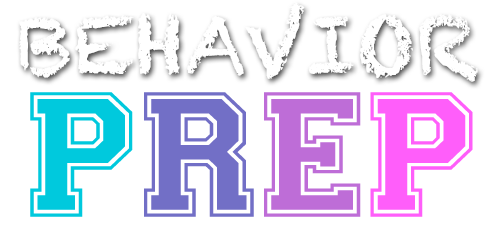D.4 Identify the defining features of single-case experimental designs (e.g., individuals serve as their own controls, repeated measures, prediction, verification, replication)
Identifying the defining features of single-subject experimental designs is crucial for conducting rigorous research within applied behavior analysis (ABA). Here are the key features along with examples:
Individuals serve as their own controls.
In single-subject experimental designs, each participant serves as their own control. This means that the participant’s behavior is measured and compared across different conditions or phases of the study. By comparing the participant’s behavior within themselves, it becomes possible to evaluate the effects of the independent variable(s) more accurately.
Example: In a study examining the effectiveness of a behavior intervention for reducing self-injurious behavior in a child with autism, the researcher would collect baseline data on the child’s self-injurious behavior. Then, they would implement the behavior intervention and continue measuring the child’s behavior to determine if the intervention leads to a reduction in self-injurious behavior compared to the baseline phase.
Repeated measures
Single-subject experimental designs involve taking repeated measures of behavior within each phase of the study. This allows for the analysis of trends and patterns in behavior over time.
Example: In a study evaluating the impact of a token economy system on classroom behavior, the researcher would collect data on the target behavior (e.g., on-task behavior) multiple times throughout each day or across multiple sessions. This repeated measurement provides a more comprehensive understanding of the behavior and allows for the detection of changes resulting from the intervention.
Verification
Verification involves comparing the predicted outcomes to the observed outcomes to determine if the intervention produced the expected changes in behavior. This process helps establish a cause-and-effect relationship between the intervention and the behavior change.
Example: In a study investigating a token reinforcement system’s effectiveness in increasing on-task behavior in a student, the researcher would compare the predicted increase in on-task behavior during the intervention phase to the actual observed increase. If the observed data aligns with the predicted outcomes, it provides verification that the intervention was effective.
Replication
Replication is an important aspect of single-subject experimental designs, where the study is repeated multiple times with different participants or across different settings to determine the consistency and generalizability of the findings.
Example: After conducting a study on the effects of a behavior intervention to reduce disruptive behaviors in one classroom, the researcher may replicate the study in other classrooms or schools to assess if the same intervention produces similar results across different settings.
In summary, single-subject experimental designs in ABA involve individuals serving as their own controls, repeated measures of behavior, making predictions, verifying outcomes, and emphasizing replication to establish reliable and valid results. These features allow researchers to evaluate the effectiveness of interventions and draw meaningful conclusions.
